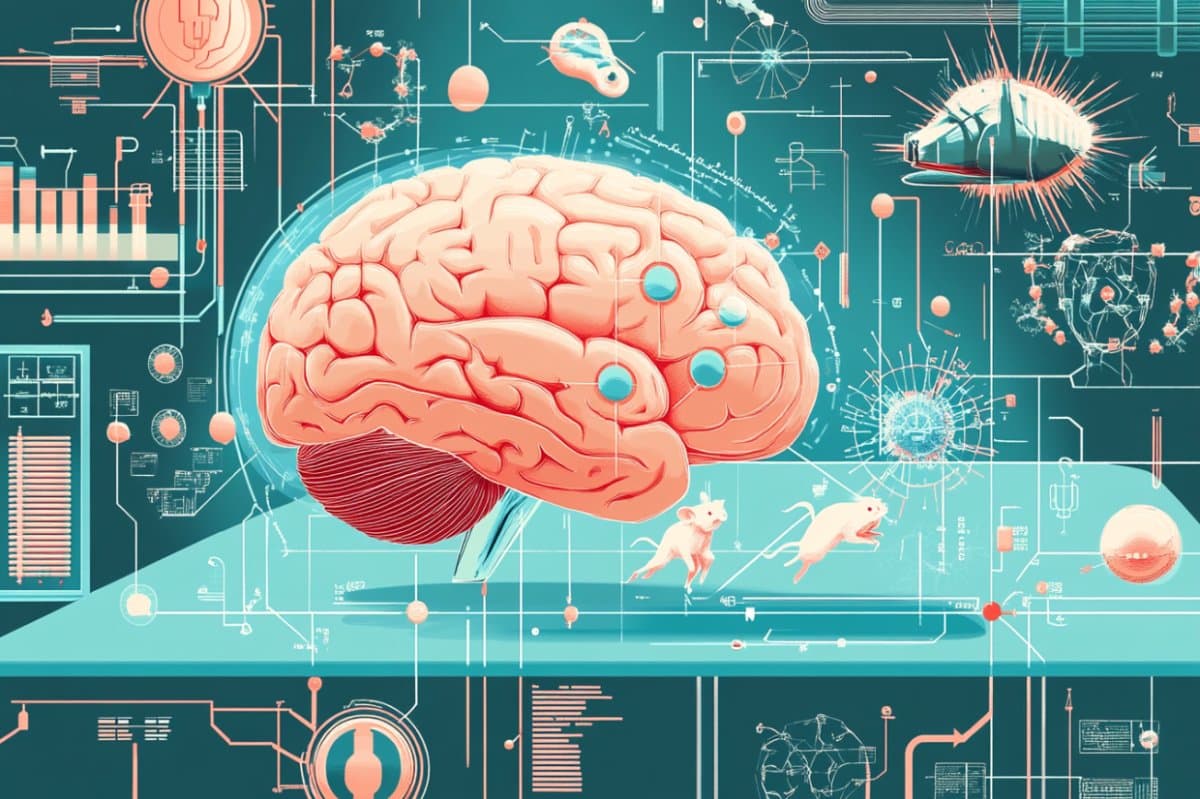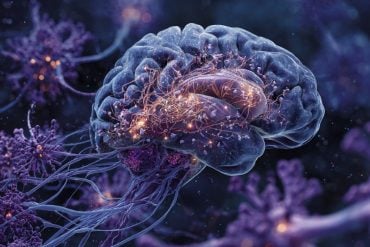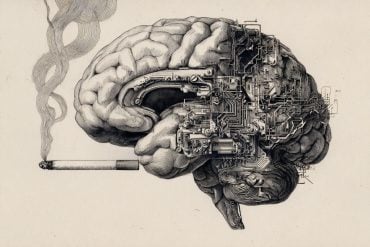Summary: Chronic hyponatremia—long viewed as symptomless—is now shown to disrupt brain chemistry and cause anxiety-like behaviors, according to a new study in mice. Researchers found that prolonged low sodium levels reduced serotonin and dopamine in the amygdala, a brain region vital for emotional regulation.
These imbalances were linked to increased anxiety, which reversed once sodium levels were corrected. The findings suggest chronic sodium deficiency may have broader mental health implications, especially for vulnerable populations like the elderly or chronically ill.
Key Facts:
- Neurochemical Disruption: Chronic hyponatremia lowered serotonin and dopamine in the amygdala.
- Behavioral Impact: Mice with low sodium showed measurable anxiety-like behaviors.
- Reversible Effects: Restoring sodium levels normalized both behavior and neurotransmitter balance.
Source: Fujita Health University
Hyponatremia, or low blood sodium concentration, is typically viewed as a symptomless condition—until recently.
A research team led by Professor Yoshihisa Sugimura, including Dr. Haruki Fujisawa, Professor Atsushi Suzuki, Professor Tsuyoshi Miyakawa, and Professor Akihiro Mouri, from Fujita Health University, Japan, has demonstrated that chronic hyponatremia (CHN) can directly cause anxiety-like behaviors in mice by disrupting key neurotransmitters in the brain.
Their findings, published online in the journal Molecular Neurobiology on May 14, 2025, reveal that CHN alters monoaminergic signaling in the amygdala, a brain region critical for processing fear and emotion.
“While CHN has been associated with cognitive impairments, our study is among the first to provide evidence that it also leads to innate anxiety-like behaviors through changes in brain chemistry,” explains Dr. Fujisawa.
Hyponatremia is usually caused by conditions like liver cirrhosis, heart failure, or syndrome of inappropriate antidiuresis (SIAD).
In chronic cases, the brain adapts to the low-sodium environment by adjusting its cellular content through a compensatory mechanism known as volume regulatory decrease (VRD). But this adaptation, while protective, comes at a physiological cost.
This compensation process involves the loss of organic osmolytes and neurotransmitter precursors that help stabilize brain cell volume under low-sodium conditions. Over time, this may lead to disruption in the production, release, or recycling of key mood-regulating chemicals.
To explore whether CHN could cause neurological manifestations, the researchers developed a mouse model using a sustained infusion of desmopressin (a vasopressin analog) and feeding a liquid diet to mimic SIAD.
They found that the mice exhibited significantly lower serum sodium levels, which were maintained over a prolonged period, consistent with chronic hyponatremia (CHN) and exhibited increased anxiety-like behaviors in both the light/dark transition and open field tests—standard behavioral assays in neuroscience.
Further biochemical analyzes revealed that levels of serotonin and dopamine, two key neurotransmitters that regulate mood, were significantly reduced in the amygdala of mice with CHN. These changes were accompanied by a drop in extracellular signal-regulated kinase (ERK) phosphorylation—a molecular signal for emotional regulation.
“Our data suggest that CHN disrupts the balance of monoamines in the amygdala, especially serotonin and dopamine, which in turn modulates innate anxiety,” says Prof. Sugimura.
To test whether these effects were reversible, the researchers corrected the mice’s sodium levels by stopping desmopressin infusion and reverting them to a solid diet. As a result, anxiety-like behaviors subsided. Serotonin, dopamine, and ERK phosphorylation levels in the amygdala also returned to normal.
“This shows not only that CHN causes anxiety-like symptoms but also that these symptoms can be alleviated with proper correction of sodium imbalance,” says Dr. Fujisawa.
While the study focused on mice, the findings could apply to humans. CHN is fairly common among elderly patients and those with chronic illnesses. Identifying and treating its neurological manifestations can improve their quality of life.
“Our findings add to the growing evidence that chronic hyponatremia is not just a metabolic abnormality, but a condition with real neurological and psychological consequences,” Prof. Sugimura concluded.
“This underscores the importance of early diagnosis and treatment, not only to protect the brain but also to improve mental well-being.”
Funding: This work was supported by JSPS KAKENHI (Grant Number 20 K08919 to Yoshihisa Sugimura, 22 K16229 to Haruki Fujisawa), The Salt Science Research Foundation No. 22 C2, YOKOYAMA Foundation for Clinical Pharmacology, The Hori Science and Arts Foundation, The Nitto Foundation, and MEXT Promotion of Distinctive Joint Research Center Program (Grant Number FY2018-2020 JPMXP0618217663, FY2021-2023 JPMXP0621467949).
About this anxiety and neuroscience research news
Author: Hisatsugu Koshimizu
Source: Fujita Health University
Contact: Hisatsugu Koshimizu – Fujita Health University
Image: The image is credited to Neuroscience News
Original Research: Closed access.
“Chronic Hyponatremia Potentiates Innate Anxiety‑Like Behaviors Through the Dysfunction of Monoaminergic Neurons in Mice” by Yoshihisa Sugimura et al. Molecular Neurobiology
Abstract
Chronic Hyponatremia Potentiates Innate Anxiety‑Like Behaviors Through the Dysfunction of Monoaminergic Neurons in Mice
Hyponatremia is the most common clinical electrolyte disorder. Once thought to be asymptomatic in response to adaptation by the brain, recent evidence suggests that chronic hyponatremia (CHN) may induce neurological manifestations, including psychological symptoms.
However, the specific psychological symptoms induced by CHN, the mechanisms underlying these symptoms, and their potential reversibility remain unclear.
Therefore, this study aimed to determine whether monoaminergic neurotransmission is associated with innate anxiety-like behaviors potentiated by CHN in a mouse model of CHN secondary to the syndrome of inappropriate antidiuresis.
In the present study, using a mouse model of the syndrome of inappropriate antidiuresis presenting with CHN, we showed that the sustained reduction of serum sodium ion concentrations potentiated innate anxiety-like behaviors in the light/dark transition and open field tests.
We also found that serotonin and dopamine levels in the amygdala were significantly lower in mice with CHN than in controls.
Additionally, phosphorylation of extracellular signal-regulated kinase (ERK) in the amygdala was significantly reduced in mice with CHN.
Notably, after correcting for CHN, the increased innate anxiety-like behaviors, decreased serotonin and dopamine levels, and reduced phosphorylation of ERK in the amygdala were normalized.
These findings further underscore the importance of treating CHN and highlight potential therapeutic strategies for alleviating anxiety in patients with CHN, which will improve their quality of life.








